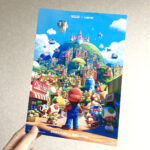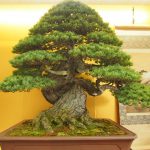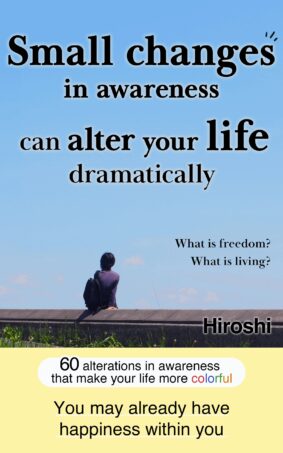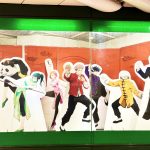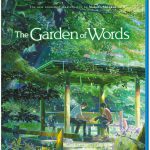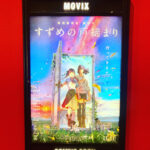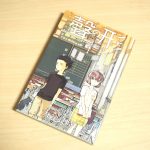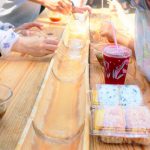Review of Edo-Tokyo Open Air Architectural Museum which inspired Spirited Away of Ghibli Movie !
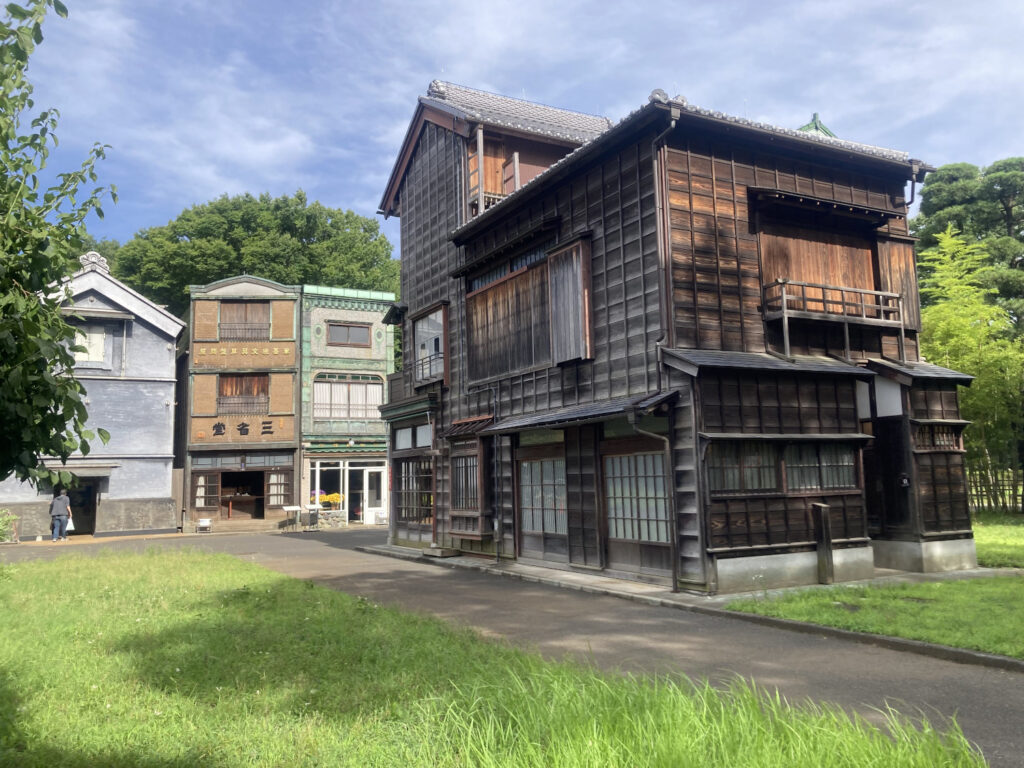
The Edo-Tokyo Open-Air Architectural Museum is slowly gaining popularity among tourists from overseas!
One reason for this is that it was the inspiration for the Ghibli movie “Spirited Away”!
In fact, Hayao Miyazaki himself visited here and used it as inspiration for his films.
This time, I took a look at all the buildings, but here I would like to introduce only those related to Ghibli.
※All the images of Sprited Away and The Secret World of Arrietty used in this article have been officially approved for use by the Studio Ghibli official website
- 1. Connection between Edo-Tokyo Open Air Architectural Museum and Hayao Miyazaki
- 2. Mysterious town where Chihiro got lost
- 3. Model of Boiler Room where Kamayaji worked, “Takei Sanshodo”
- 4. Model for Public Bathhouse Yubaba Run, “Kodakara-yu”
- 5. Diner Chihiro’s Parents Turned Pigs, “Kagiya”
- 6. Model for Room of Aburaya where Chihiro and Lin stayed, “House of Korekiyo Takahashi”
- 7. Model for Kitchen of The Secret World of Arrietty, “House of MITSUI Hachirouemon”
- 8. Train Chihiro rode with No-Face? “City Train Model 7500”
- 9. Summary
What is the connection between Edo-Tokyo Open Air Architectural Museum and Hayao Miyazaki?
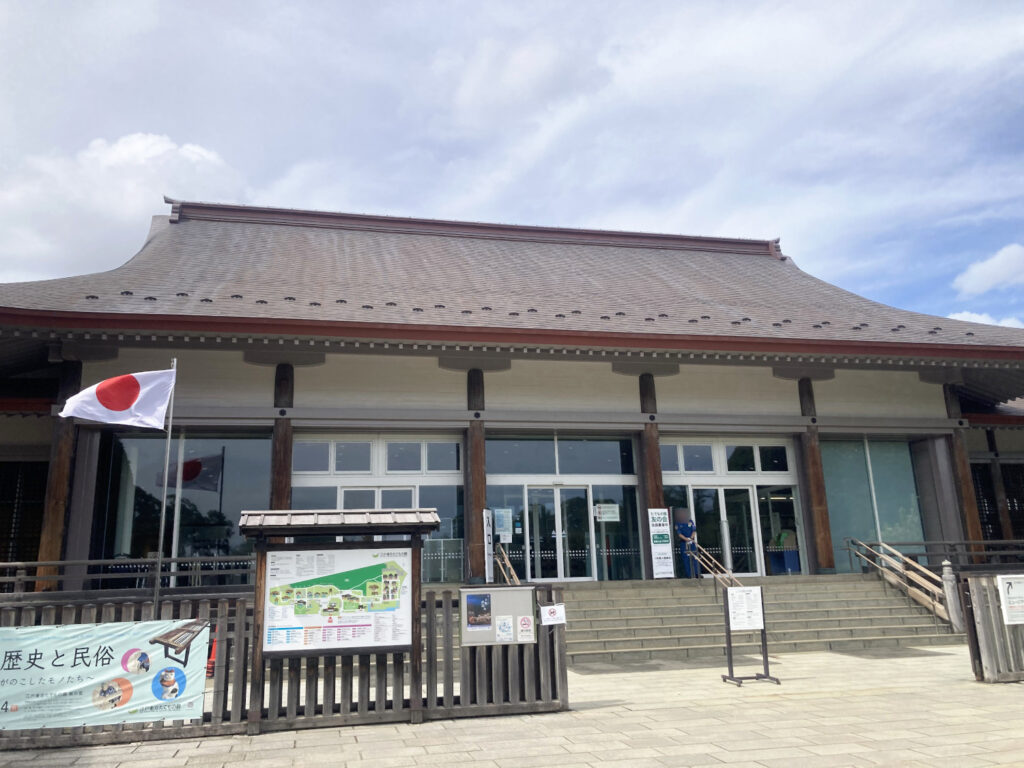
Edo-Tokyo Open-Air Architectural Museum was frequently visited by director Hayao Miyazaki for reference during the production of Spirited Away.
It served as the model for the boiler room where Kamaji works, Yubaba’s public bathhouse, and the kitchen of Arrietty.
Not only Hayao Miyazaki, but also the animation staff at Studio Ghibli often visited Edo-Tokyo Open Air Architectural Museum to sketch.
Studio Ghibli is also located in Koganei City, so it’s within walking distance.
In addition, Edomaru, the mascot character of Edo-Tokyo Open Air Architectural Museum, was designed by Hayao Miyazaki.
When I saw it, I immediately thought it looked like a Ghibli character, and later learned that it was designed by Hayao Miyazaki.
It was designed with colors that would be suitable for a mascot of a green outdoor museum.
By the way, the souvenir shop also sold stuffed dolls of Edo-maru.
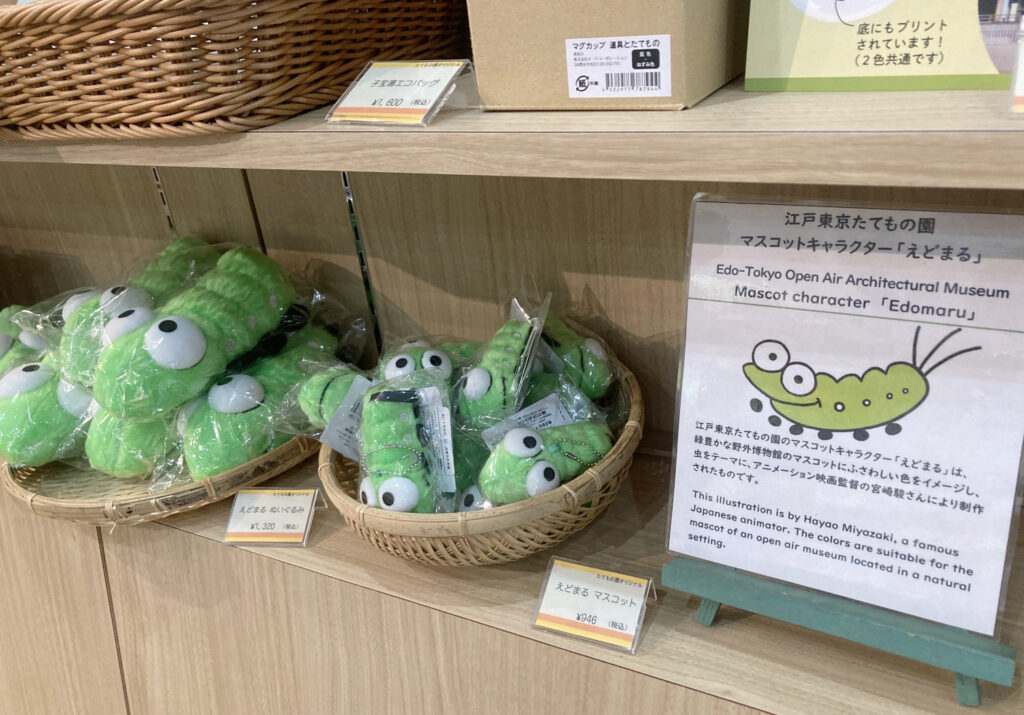
Mysterious town where Chihiro got lost
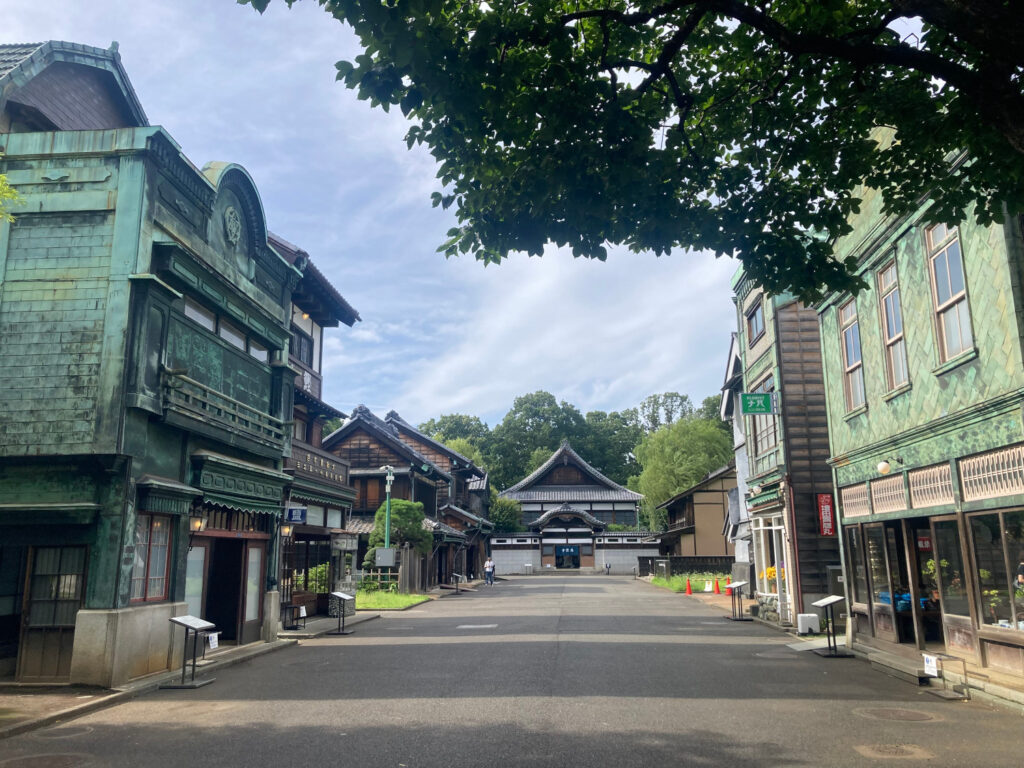
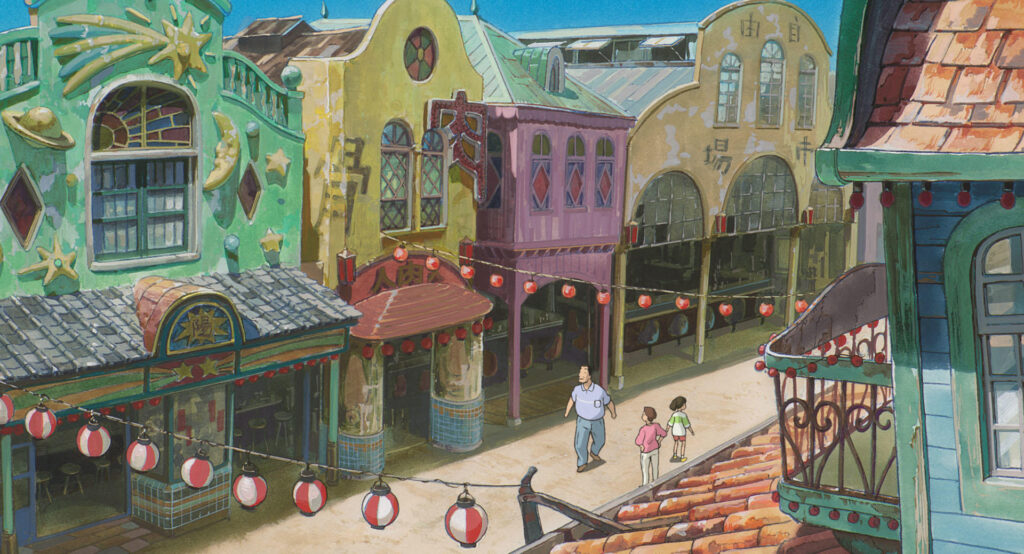
The area along Shitamachi-naka Street on the east side of Edo-Tokyo Open Air Architectural Museum was used as a reference for the movie “Spirited Away”.
There are also buildings that served as references for Kamaji’s boiler room and Yubaba’s public bathhouse.
The overall atmosphere subtly evokes the mysterious town where Chihiro first got lost.
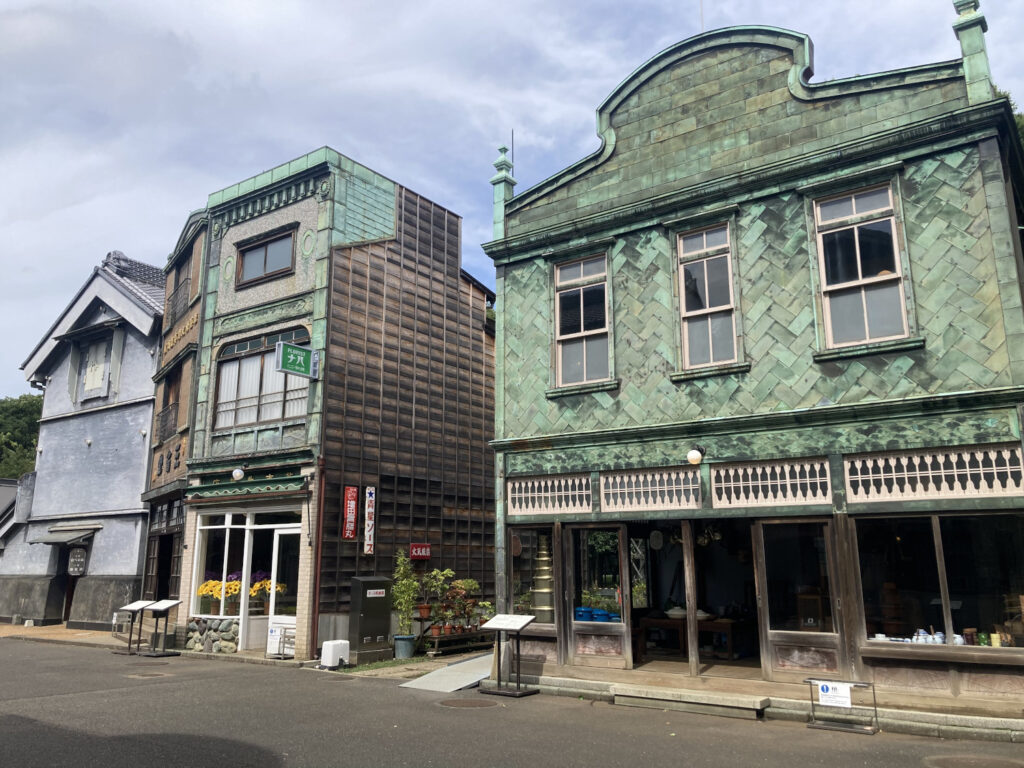
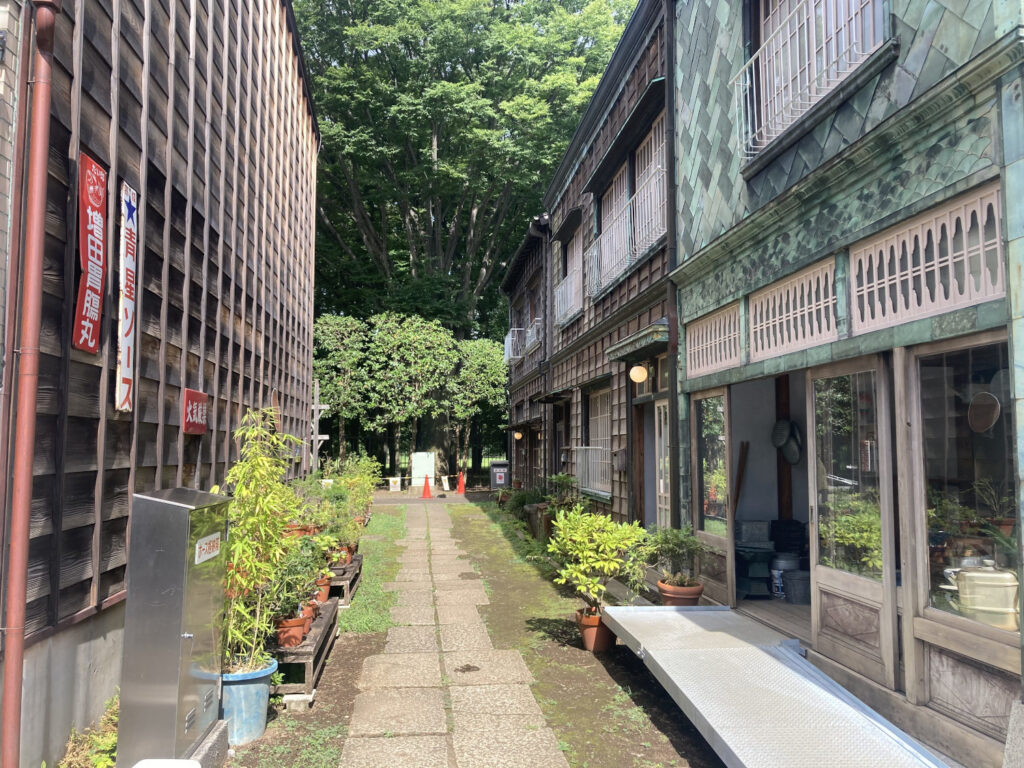
In this area along the Shitamachi-naka Street, I could enjoy the atmosphere of a downtown area from the Taisho to early Showa periods.
Model of Boiler Room where Kamayaji worked, “Takei Sanshodo”
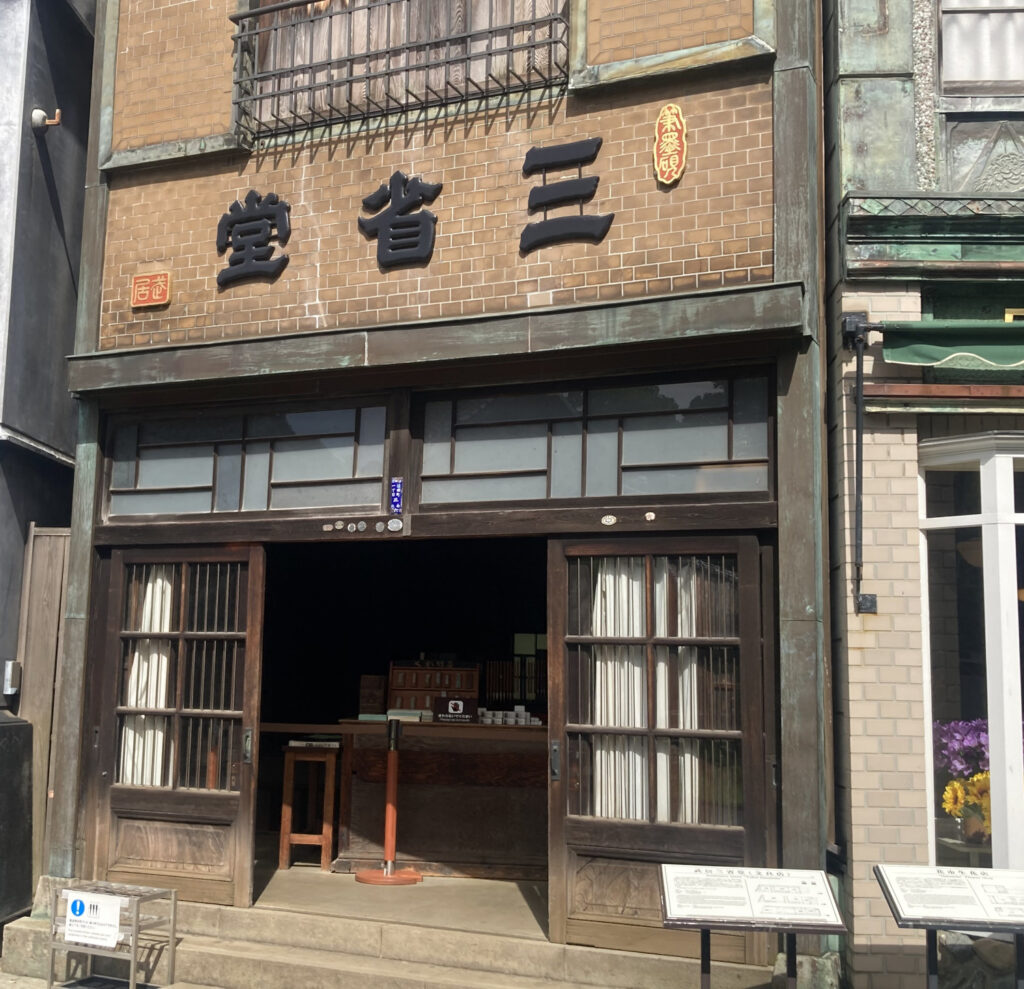
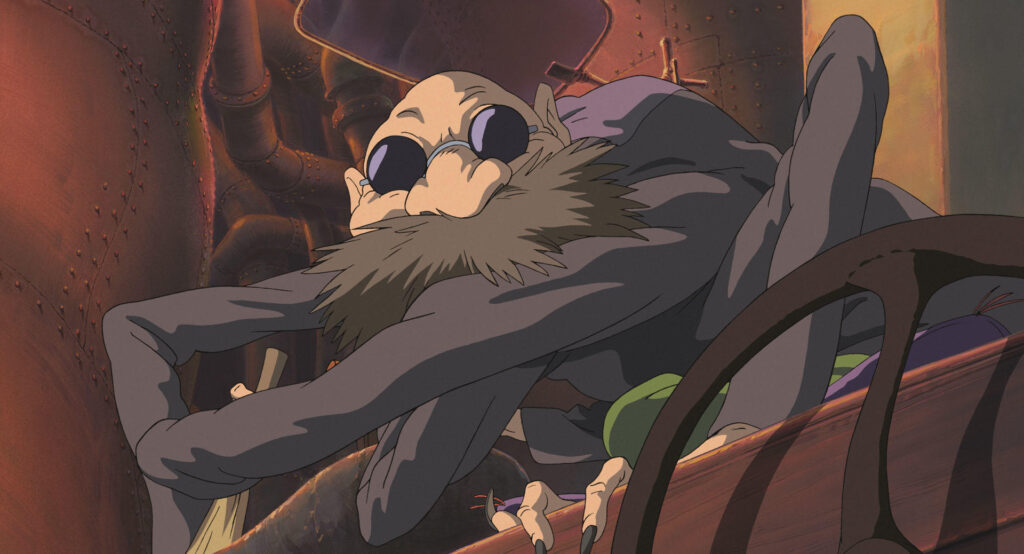
The model for the boiler room where Kamaji worked is this building, “Takei Sanshodo”.
Stationery store established in 1927 after the Great Kanto Earthquake and was originally located in Kanda Suda-cho.
This shop is notable for its Kanban Kenchiku, with the front covered in tiles.
Incidentally, in the early Showa period following the Great Kanto Earthquake of 1923, many buildings were constructed in this Kanban Kenchiku style, decorated with fire-resistant materials.
There are brushes and ink stones used for calligraphy, but this store used to be a wholesale store for calligraphy supplies.
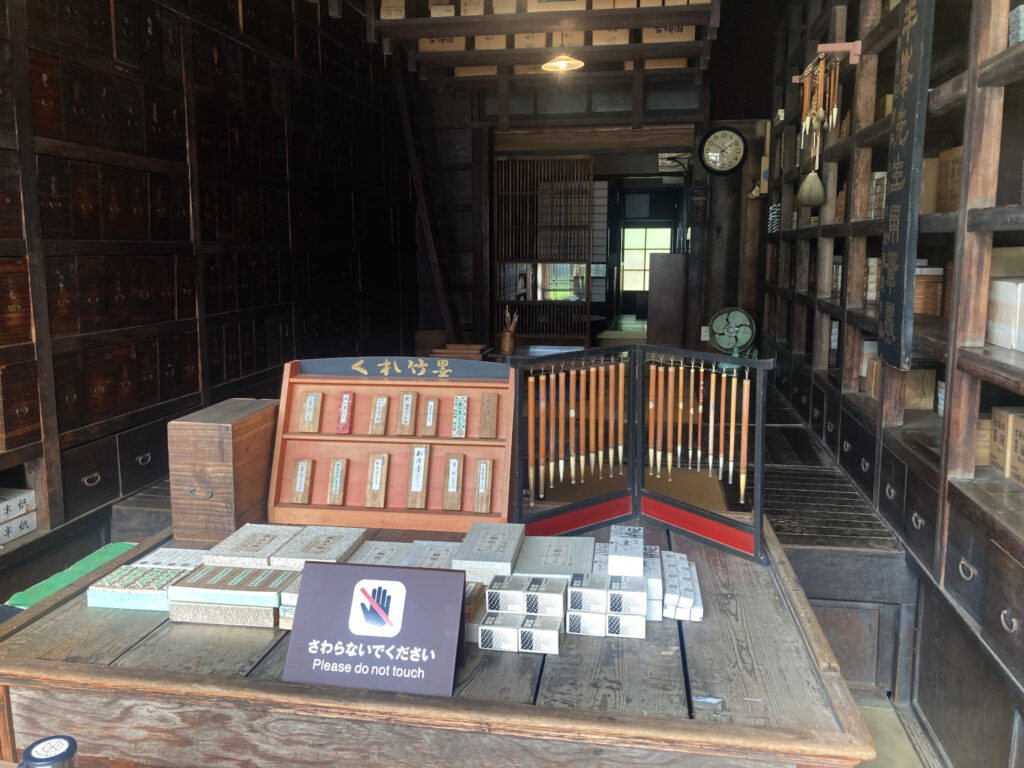
On the left side, you can see a row of paulownia drawers extending all the way up to the ceiling.
They say there are a total of 350 drawers.
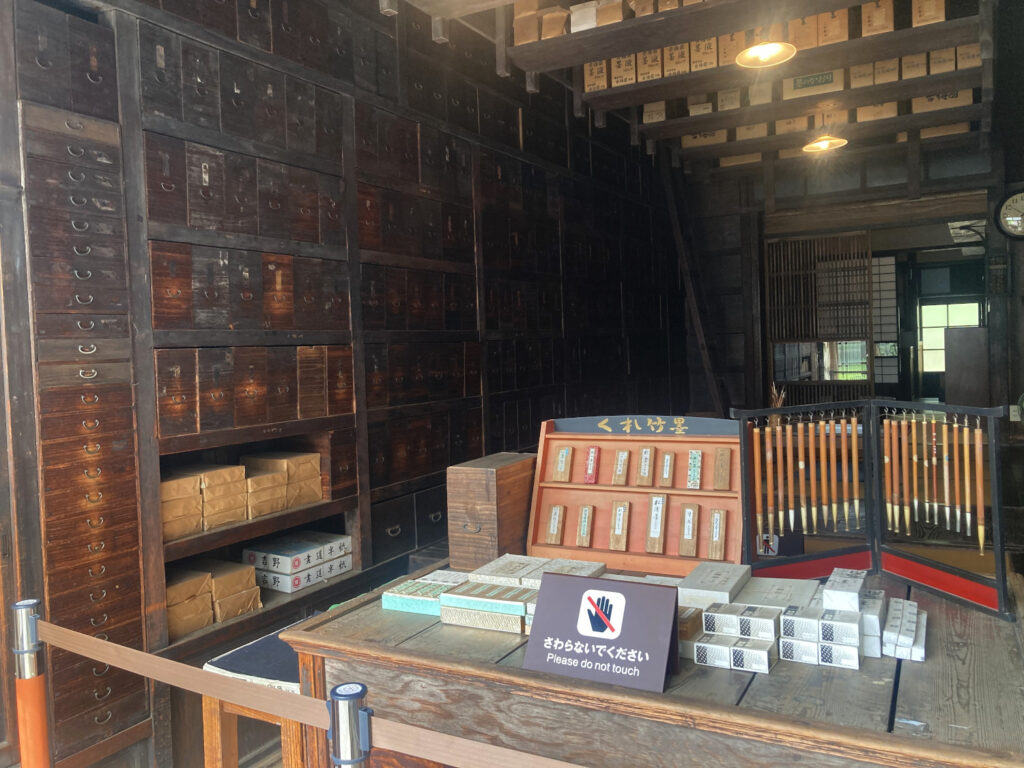
They were used as a medicinal herb shelf at Kamaji’s boiler room.
In the actual store, brushes were stored in paulownia boxes according to type.
Another memorable scene is when Kamaji takes a train ticket out of the drawer and gives it to Chihiro.
The model for the train was also in the park, so I will introduce it at the end.
Hayao Miyazaki was particularly fond of this room.
Model for Public Bathhouse Yubaba Run, “Kodakara-yu”
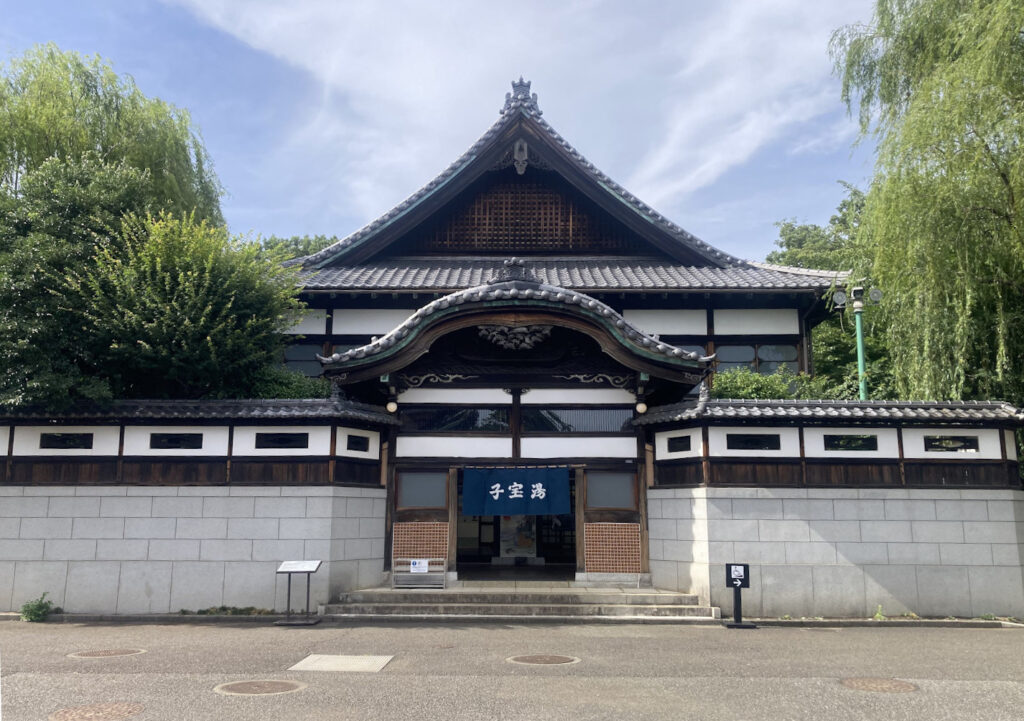
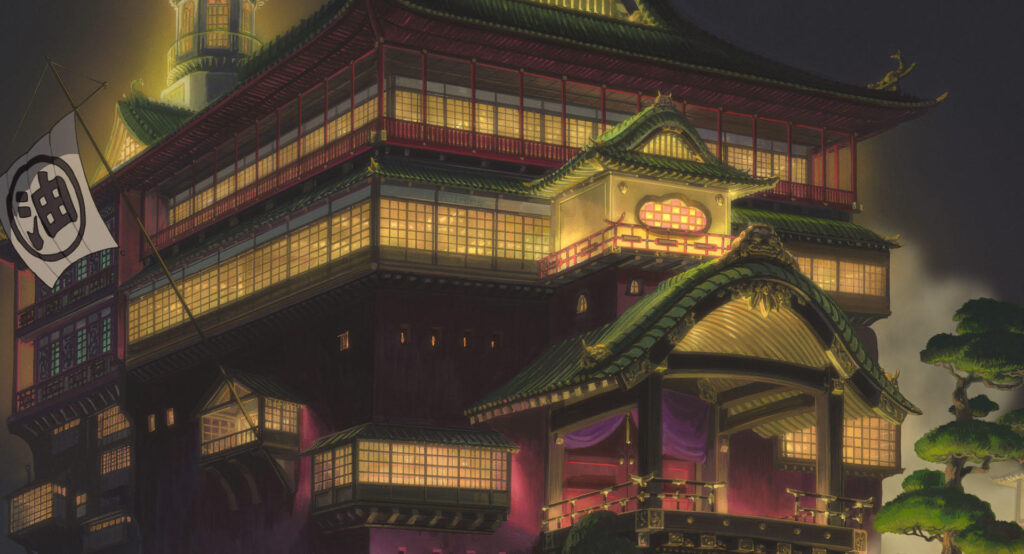
This is the model for the public bathhouse run by Yubaba, “Kodakara-yu”.
This public bathhouse was in business for 59 years, from 1929 to 1988, in Senju, Adachi Ward, Tokyo.
It is a typical example of Tokyo-style public bathhouse architecture, which became popular in Tokyo after the Great Kanto Earthquake.
Tokyo-style public baths have an appearance reminiscent of temples and shrines, with features such as roofs called karahafu, tile roofs, and chimneys.
The size of the building itself is not as large as in the movie, but it is described on Studio Ghibli’s official website as “It gave us a great source of inspiration”.
The roofs of public bathhouses are similar in shape, aren’t they.
Kaonashi (No-Face) also took a bath, didn’t he.
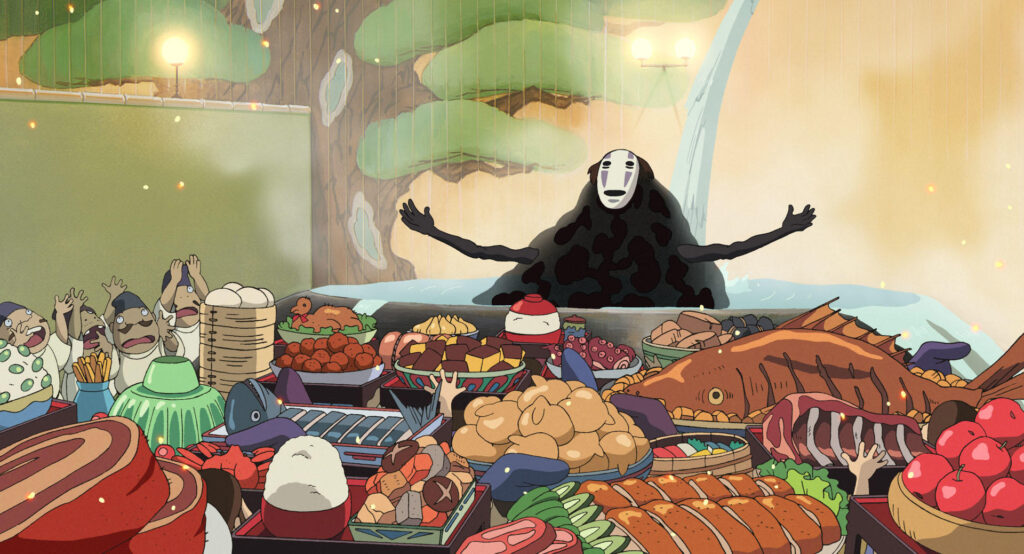
I could go inside the public bath by taking off my shoes.
It says the admission fee for adults is 15 yen.
Nowadays, you can enter a public bath for around 500 to 600 yen (About $3 or $4), so 15 yen at that time may have been worth about the same.
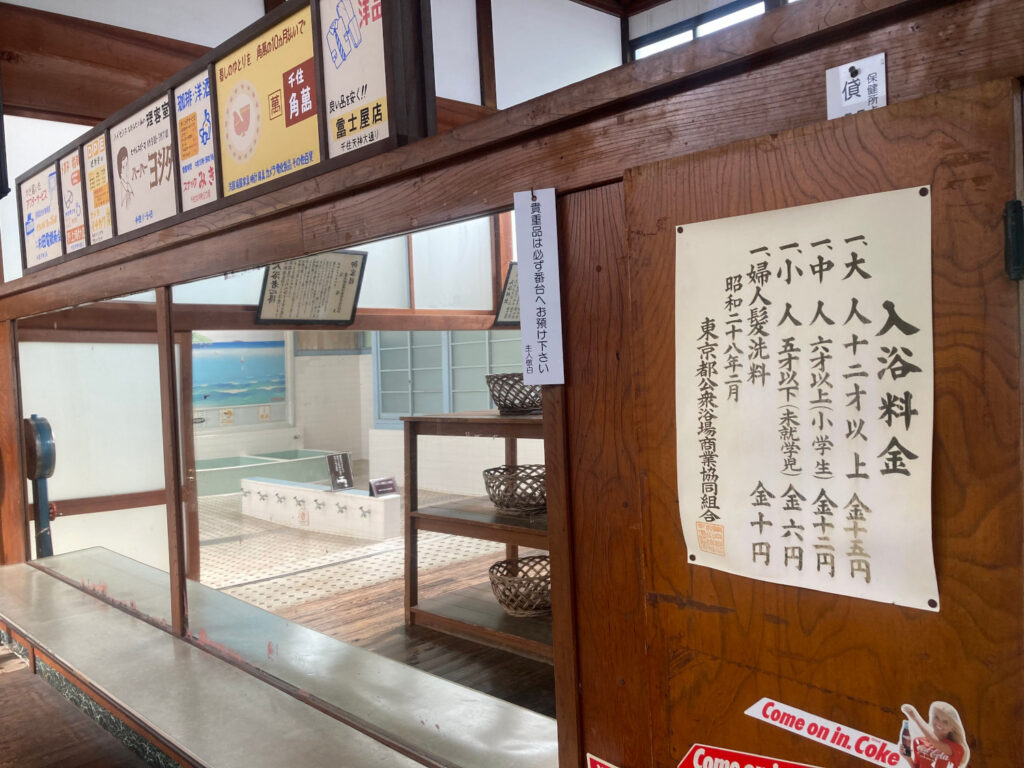
The changing room was spacious and open.
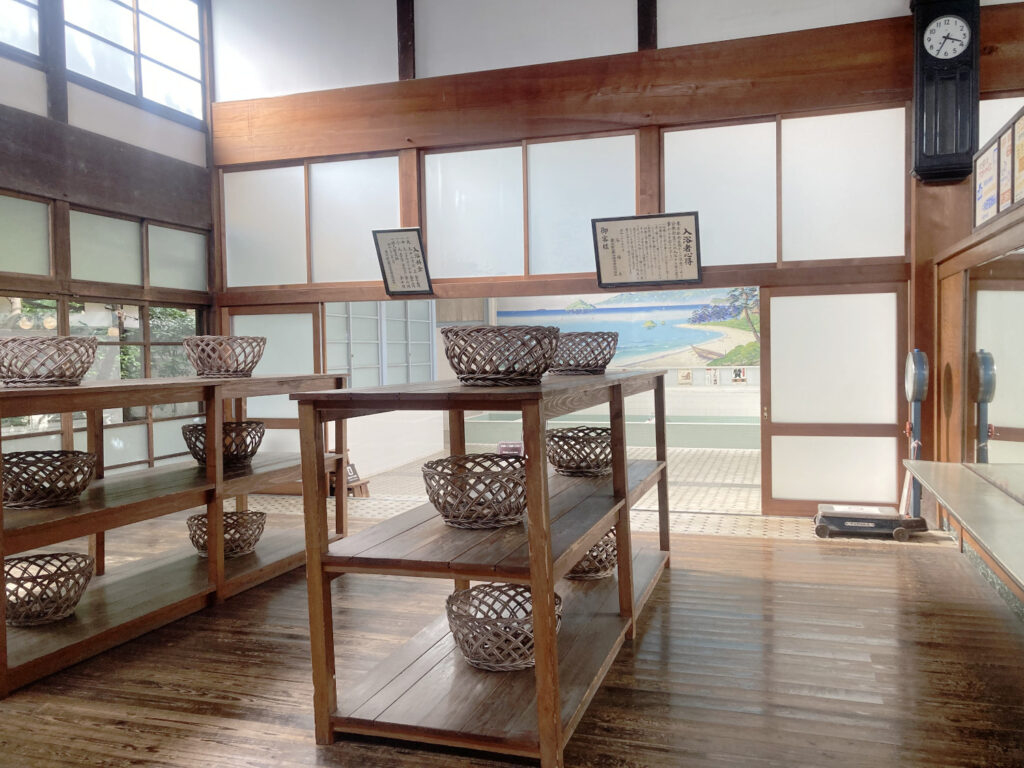
The interior is divided by a partition wall between men and women, and Mount Fuji is painted on the back wall.
This painting of Mount Fuji really gives it the feel of a traditional Japanese public bath.
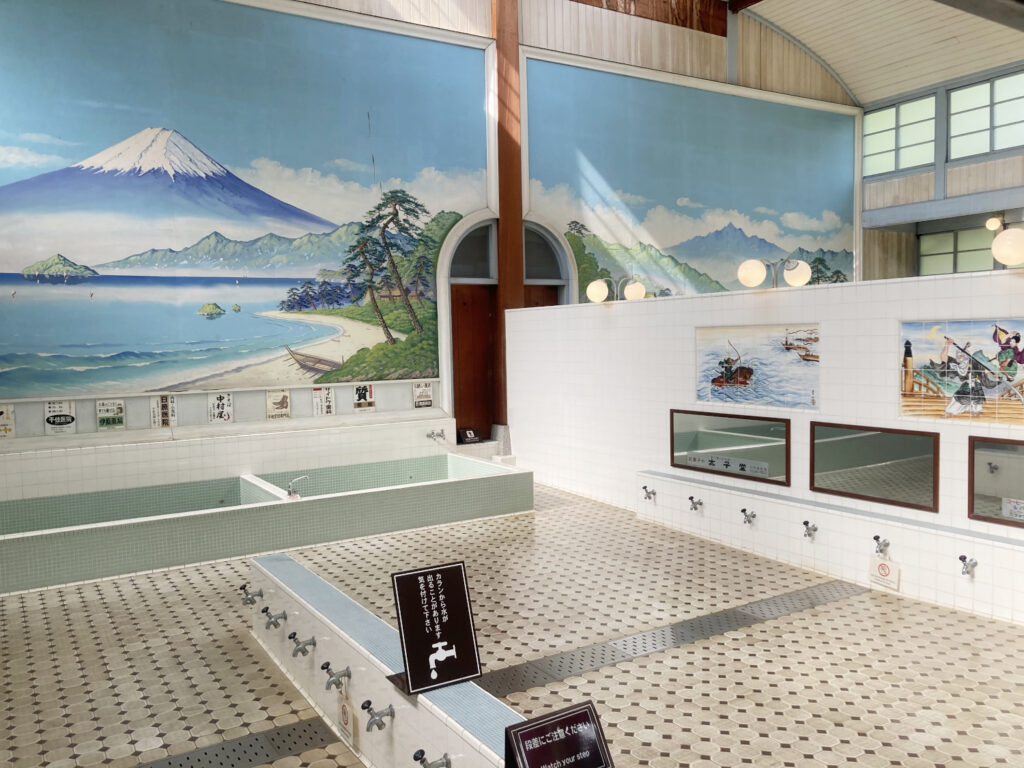
Diner Chihiro’s Parents Turned Pigs, “Kagiya”
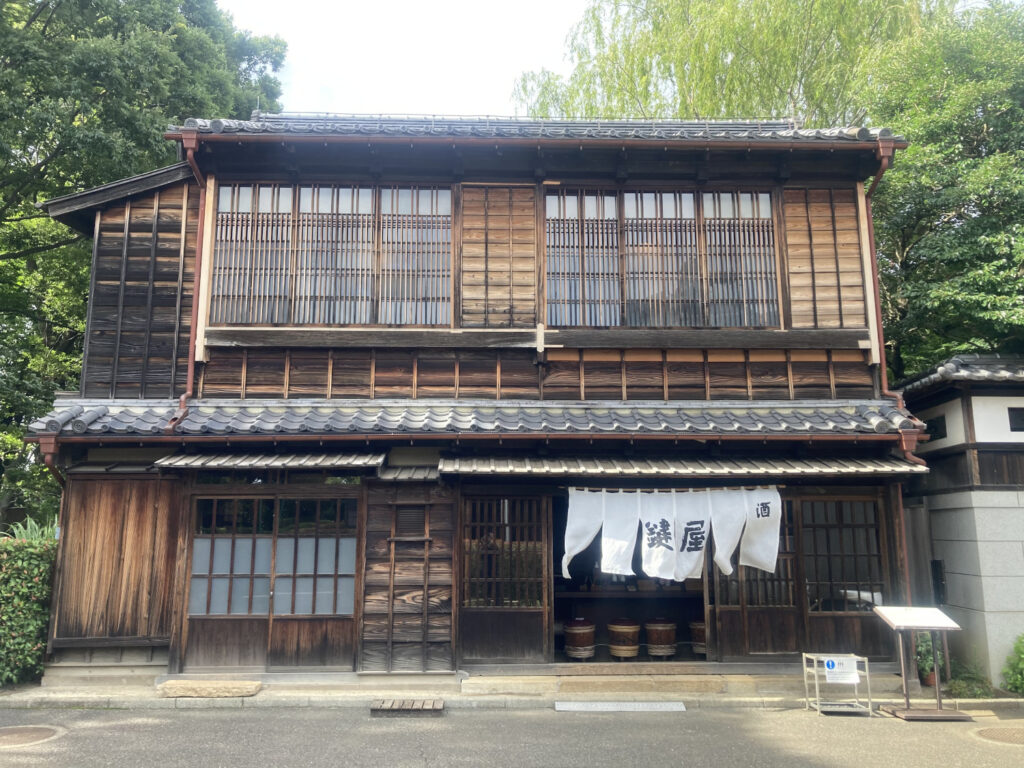
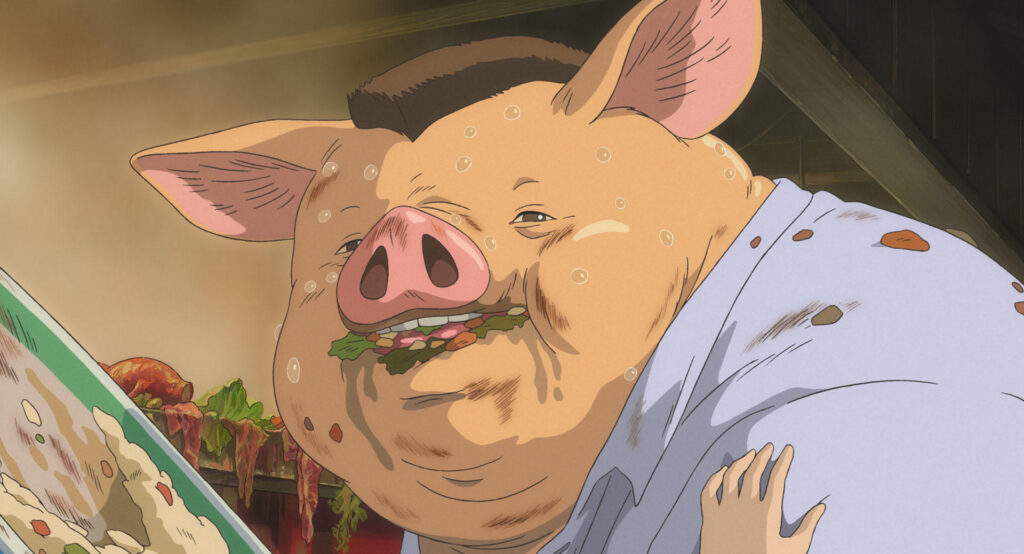
The model for the diner where Chihiro’s parents turned into pigs and ate the foods is “Kagiya”.
Originally, this izakaya began business in Shitaya, Taito Ward, in 1856, during the final years of the Edo period.
Since it dates back to the era when samurai were active, it is the oldest building among those I introduced here.
But the exterior and interior of this building have been restored to their appearance in the 1970s.
I liked the exterior of the wooden building with no particular decorations.
It looks just like something from the Edo period.
The menu was displayed at the front.
Yudofu (Simmered Tofu), torimotsu-yaki (Grilled Chicken Offal), miso oden (Miso-flavored Fishcake Stew), nikogori (Meat Jelly), tokoroten (Agar Noodles), hiyayakko (Chilled Tofu), and more.
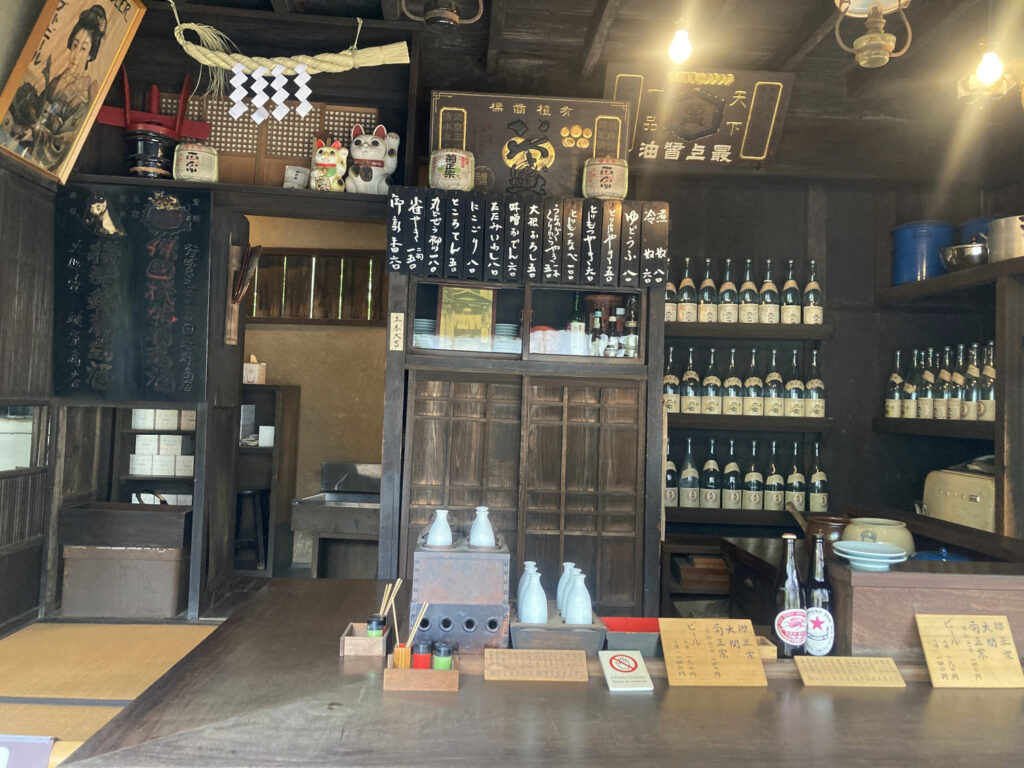
The counter seats are also charming.
It feels like we could easily strike up a conversation with the other customers or the manager.
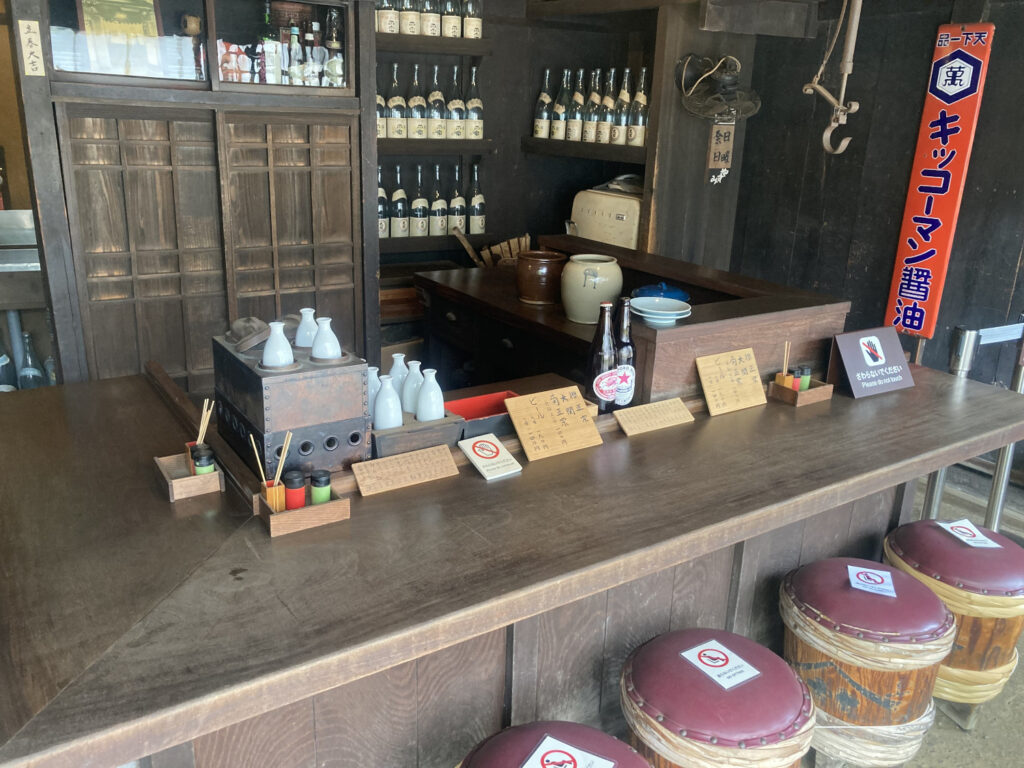
Rather than eating voraciously from large plates like Chihiro’s parents, this izakaya is more suited to ordering small dishes and enjoying them with a cup of sake.
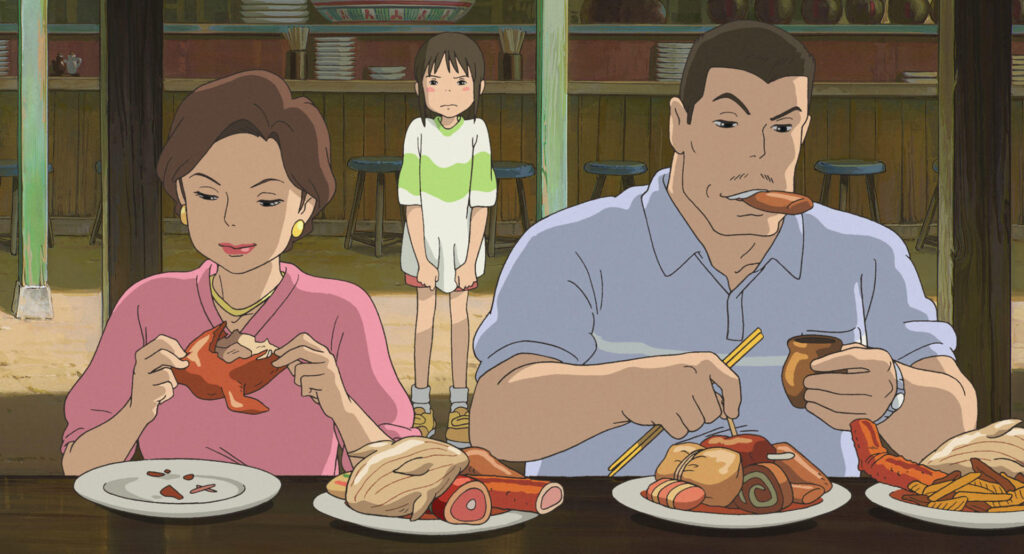
Model for Room of Aburaya where Chihiro and Lin stayed, “House of Korekiyo Takahashi”
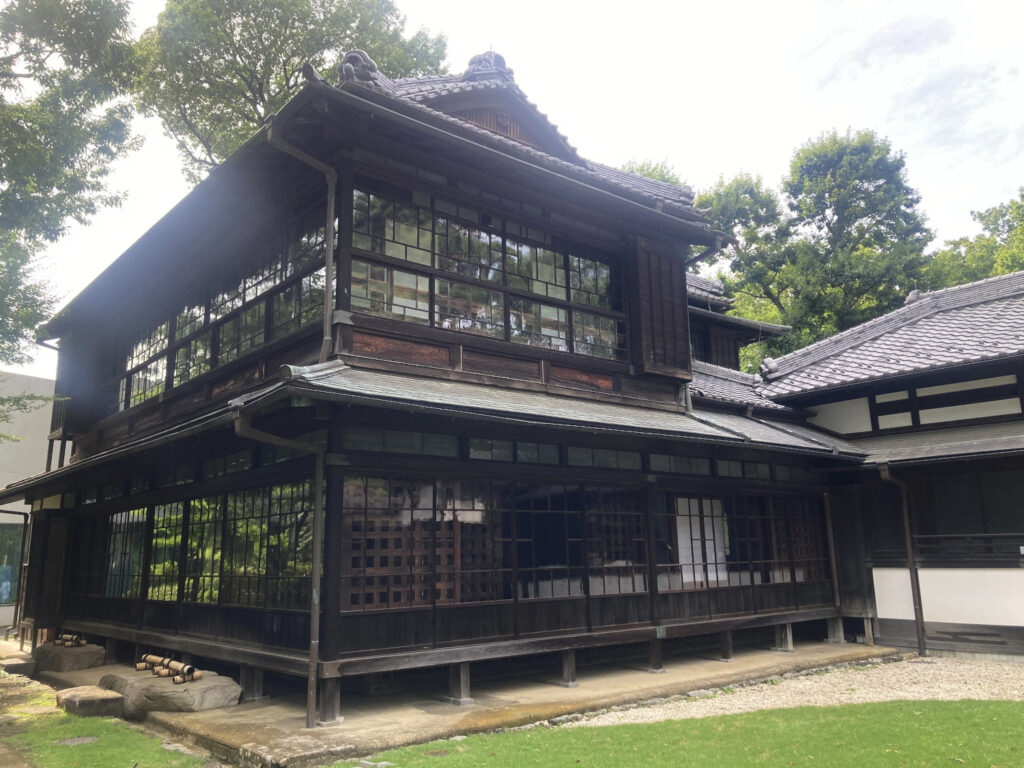
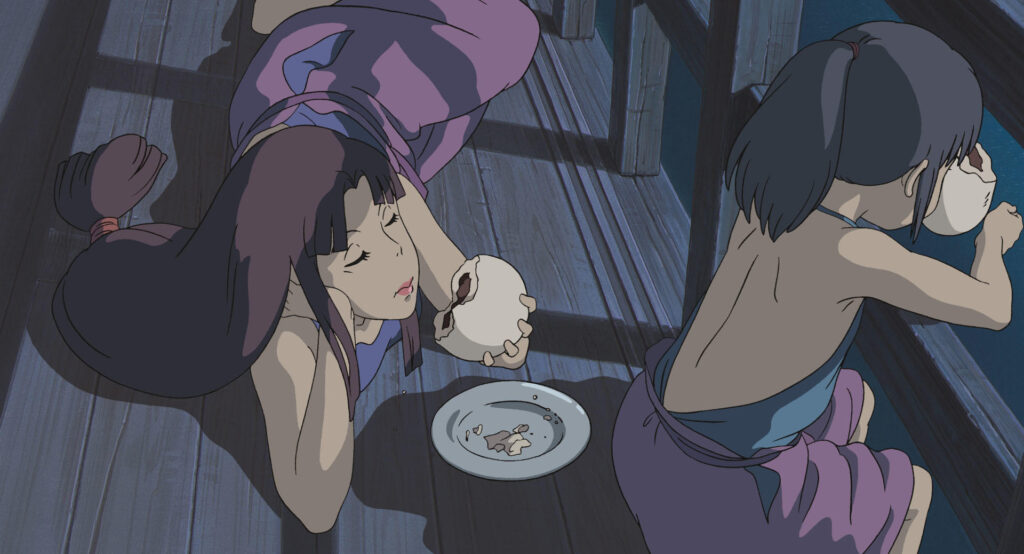
The room where Chihiro and Lin stayed at Aburaya, which was run by Yubaba, is said to be modeled after the “House of Korekiyo Takahashi”.
Korekiyo Takahashi was a Japanese politician who was active from the Meiji to Showa periods, serving as Deputy Governor of the Bank of Japan in 1932 and Prime Minister in 1921.
In other words, the House of Korekiyo Takahashi was the home of a former Prime Minister of Japan.
It was built in 1902 and relocated and restored to the Edo-Tokyo Open Air Architectural Museum in 1993.
This house is most famous for being the site of the February 26 Incident.
On February 26, 1936, a coup d’état led by young army officers resulted in the death of Takahashi Korekiyo.
I could go up to the second floor, where the room is said to be modeled after the room where Chihiro and Lin stayed in Spirited Away.
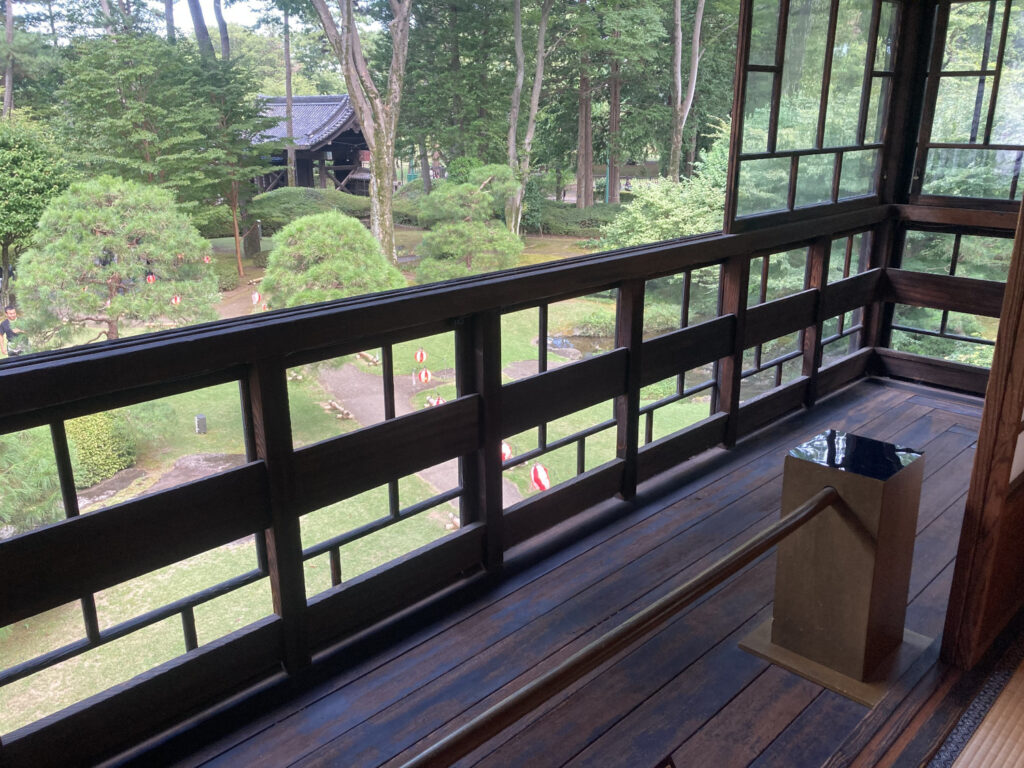
Haku, in the form of a dragon, also flew in here to escape the paper birds sent by Yubaba.
It was certainly a place that looked just like that room.
Model for Kitchen of The Secret World of Arrietty, “House of MITSUI Hachirouemon”
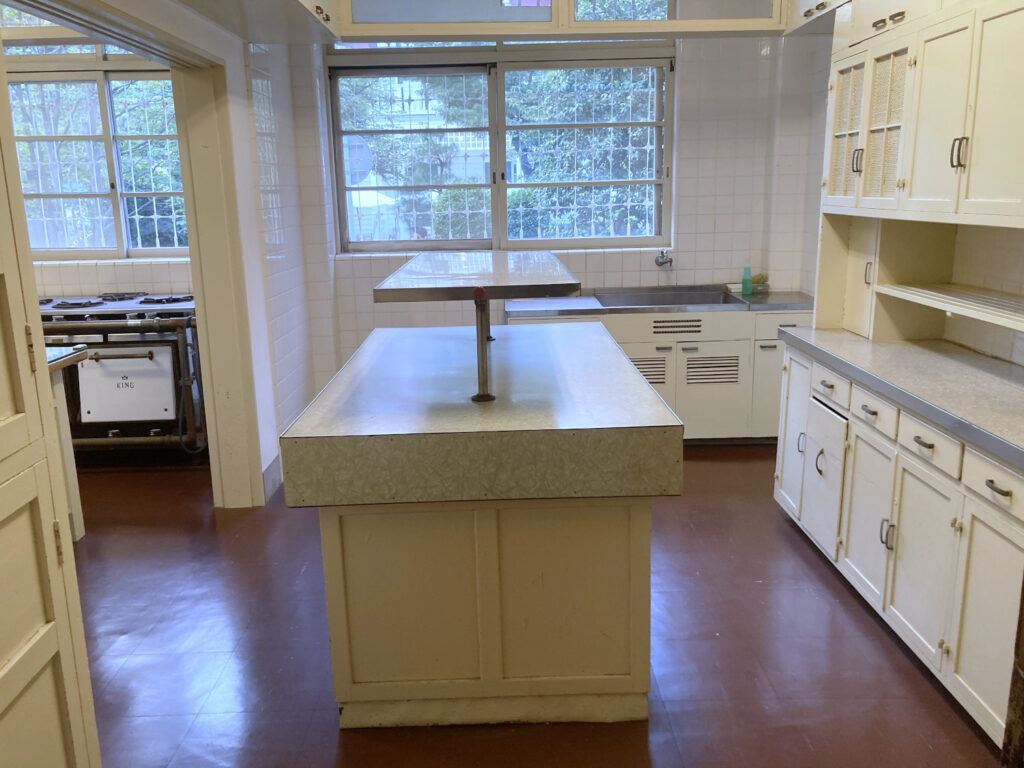
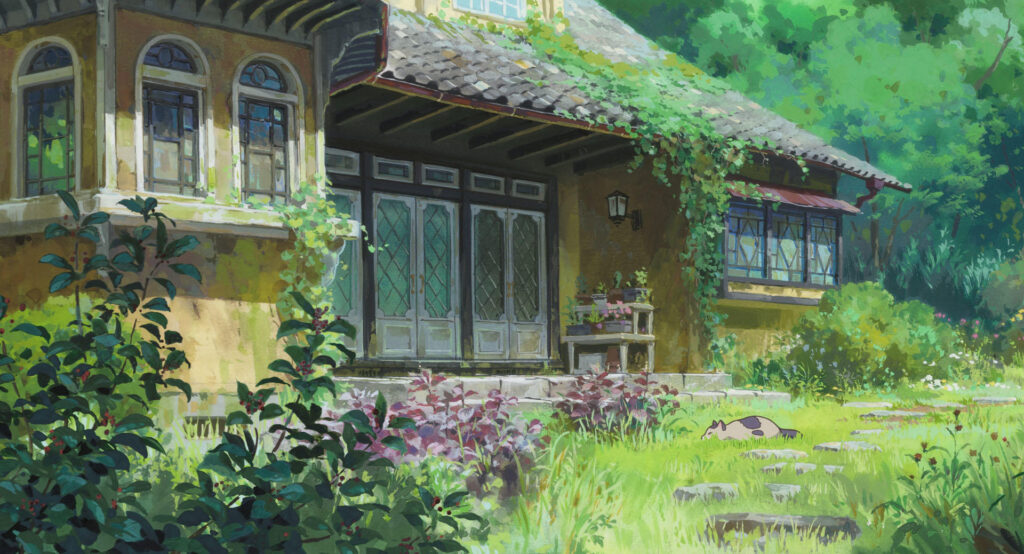
The model for Sadako’s kitchen of The Secret World of Arrietty is said to be the Mitsui Hachiroemon Residence.
The building is designated as a tangible cultural property by the Tokyo Metropolitan Government.
Mitsui is a well-known zaibatsu (Financial conglomerate).
The interior is very spacious with two floors, truly a mansion.
The original Mitsui Hachiroemon Residence was the Imaicho Residence, which was famous as a large mansion.
The Imaicho Mansion was largely destroyed in the 1945 air raids, with only part of the storehouse remaining, and most of the artworks and documents were lost at that time.
The Mitsui Hachiroemon Residence was reconstructed and relocated to Minato Ward, Nishiazabu in 1952 using some of the materials from the Imaicho Mansion and other facilities associated with the Mitsui family after the zaibatsu was dissolved following the war.
Regarding “The Secret World of Arrietty,” I actually haven’t seen it yet, but it is said that the kitchen of the Mitsui Hachiroemon Residence served as the model for the kitchen in Sadako’s mansion.
While the exterior retains a traditional Japanese style, the kitchen suddenly feels a bit modern, with gas stoves and cabinets that evoke the Showa era, which I found interesting.
Train Chihiro rode with No-Face? “City Train Model 7500”
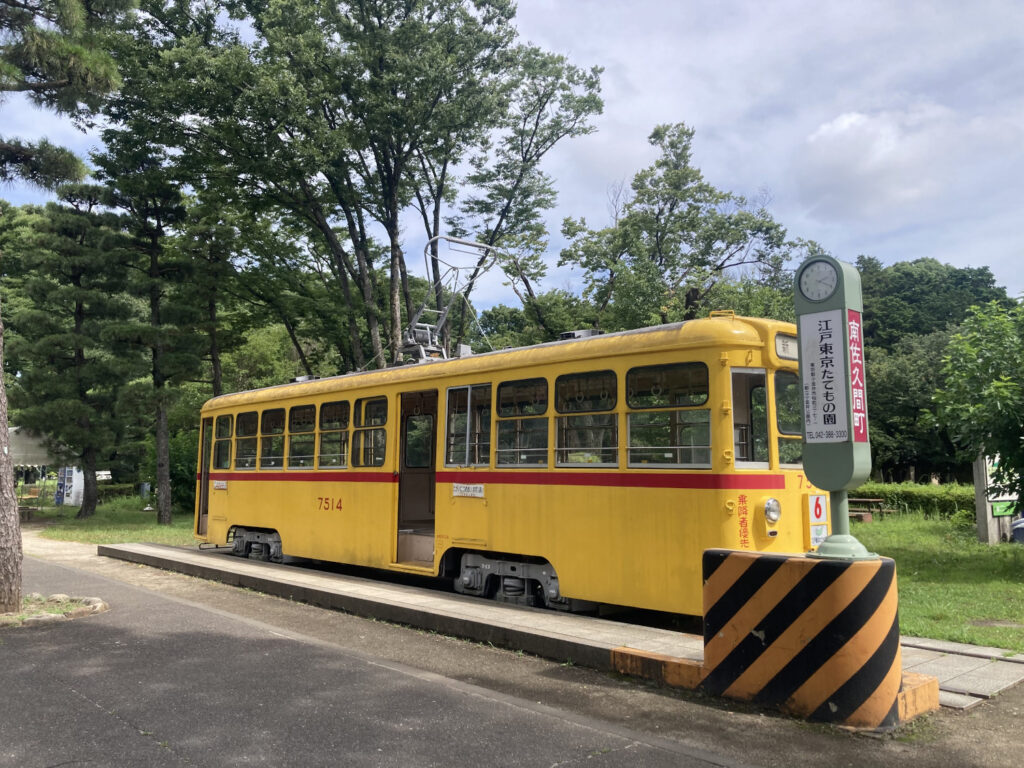
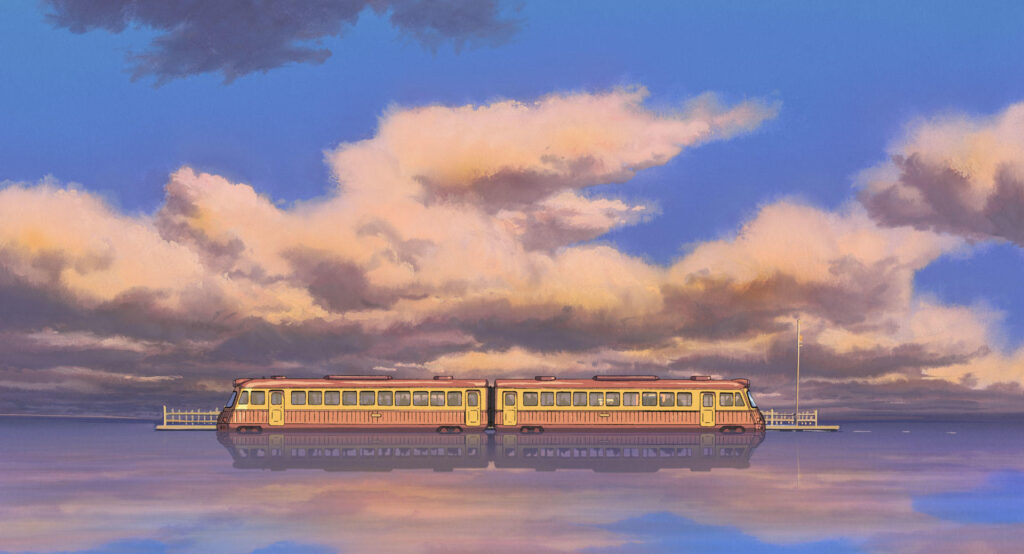
It is said that this is the model of the train “City Train Model 7500” that Chihiro rode with No-Face in the final scene of the movie.
This train was manufactured in 1962 with 20 cars and ran from Shibuya Station to Shimbashi and Kanda-Sudacho.
I could actually get inside this tram.
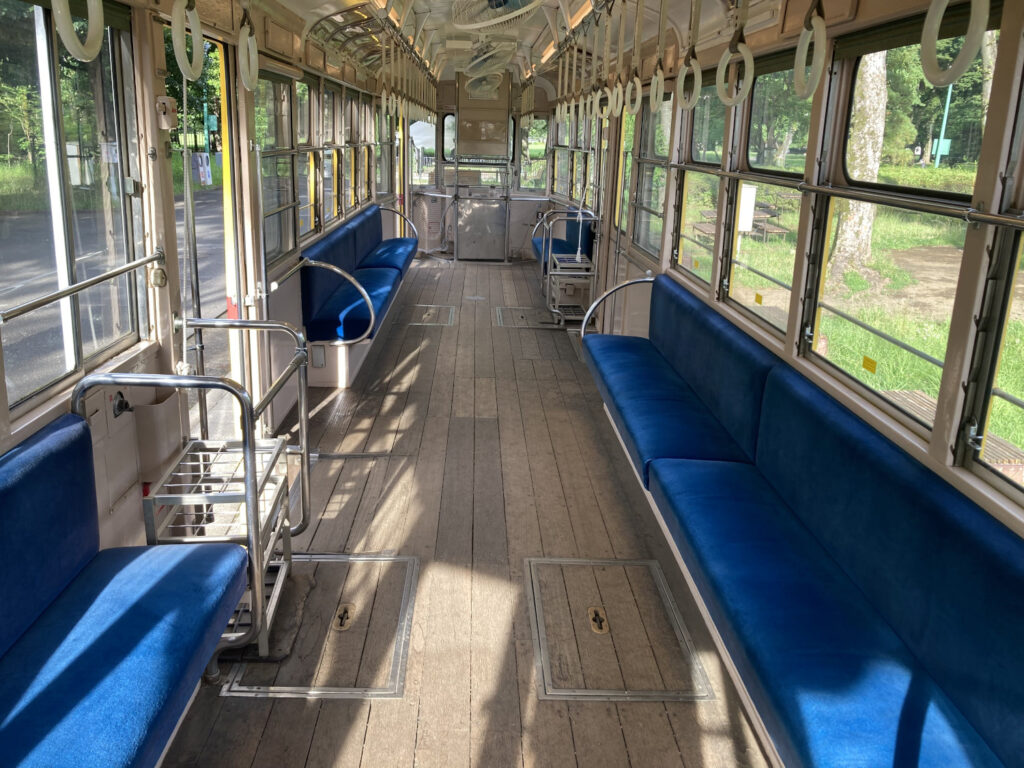
The wooden floor inside adds to the charm.
I’ve never ridden on a retro tram like this before, but for some reason it made me feel nostalgic.
When I sat down, the seats were a little hard, but the shape and elasticity reminded me of the trains I rode as a child.
This train is said to be the model for the train that Chihiro rode with No-Face on the way to meet Zeniba.
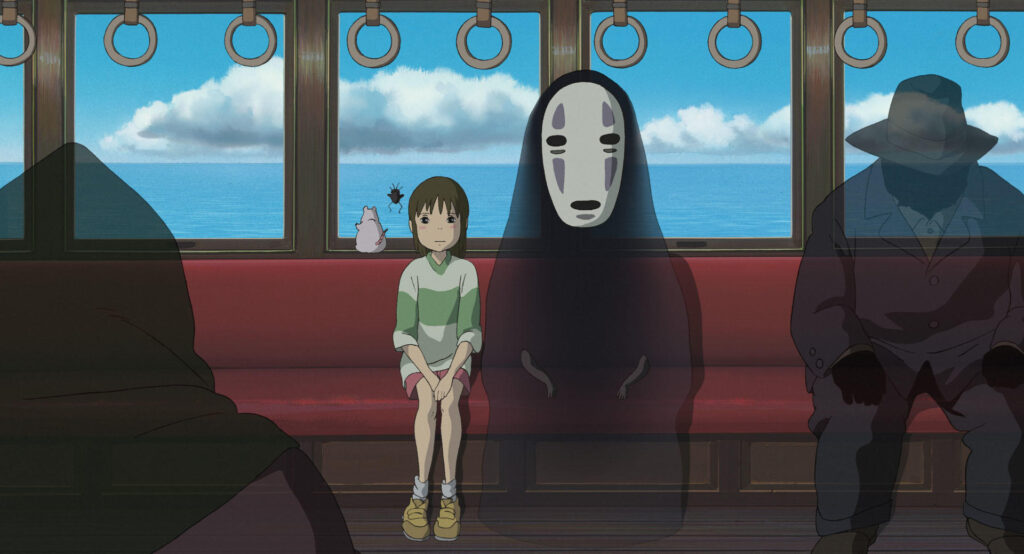
I like the atmosphere inside the tram!
Summary
Edo-Tokyo Open Air Architectural Museum is a must-see for fans of Spirited Away!
Kamaji’s boiler room modeled after Takei Sansho-do, and Aburaya run by Yubaba modeled after Kodakara-yu, are particularly famous.
Here, I only introduced buildings related to Ghibli, but there were also many other Japanese retro buildings that evoked the lifestyle of that time.
It was nice that I could go inside some of the buildings and look around.
The Edo-Tokyo Open-Air Architectural Museum, which was frequently visited by Hayao Miyazaki and his staff for reference in their films, is a popular spot that is gaining popularity and is highly recommended for fans of Ghibli!
Edo-Tokyo Open-Air Architectural Museum
Address
3-7-1 Sakura-cho, Koganei-shi, Tokyo (Inside Koganei Metropolitan Park)
Closest Station
Musashi Koganei Station(JR Chuo Line)(About 30 minutes from North Exit) (About 6 minutes by Bus from Norht Exit)
Ticket
400 yen (Adult)
200 yen (People aged 65 and over)
320 yen (University or College student)
Free (junior high school students and younger)
Business Hours
9:30 – 17:30 (April-September)
9:30 – 16:30 (October-March)
Holidays
Every Monday (When Monday is a national holiday, closed on the following day) and
New Year’s holidays (Check the details of the holiday from the official website below)
Website
https://www.tatemonoen.jp/english/
8 Popular Souvenir at Ghibli Museum Gift Shop
Ghibli Museum Original Short Films List and Order with summary and review!
Impressive Quotes of Princess Mononoke with Japanese
Review of Shuna’s Journery By Hayao Miyazaki!
Review of Nausicaa of the Valley of the Wind!
Meaning of Ghibli’s Movie “The Boy and the Heron” in Japanese and English


